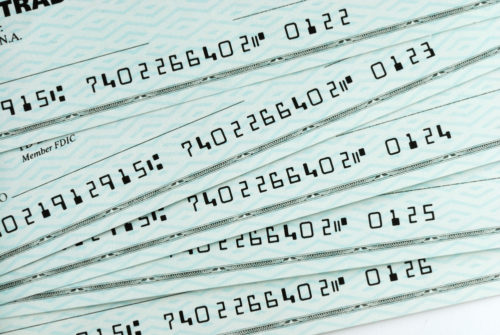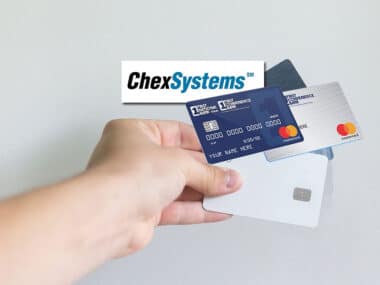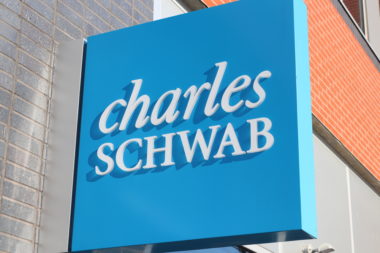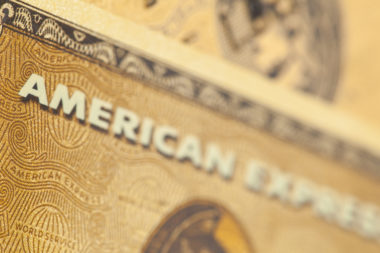Cashier’s checks are issued directly from the bank and guaranteed by the financial institution, making them more secure than a regular personal check. A cashier’s check is similar to a money order but can usually be issued for higher dollar amounts. You may be asked to provide a cashier’s check for large purchases, such as the downpayment on a home or to purchase expensive jewelry.
If you’re the recipient, you can cash a cashier’s check at a local financial institution or through a service, such as Westen Union check cashing. You may also have it deposited directly into your bank account.
While cashier’s checks are known for their security, it doesn’t mean they aren’t vulnerable to potential scams. Learning how to identify fraudulent cashier’s checks and money order scams helps you avoid becoming the victim of fraud.
Table of Contents
How to Recognize Cashier’s Check Fraud
Scammers have different ways they use cashier’s checks to target unsuspecting victims. You can keep yourself safe by remaining diligent about identifying potential fraud. If you’re dealing with a stranger while selling goods online, be wary of abnormal procedures the potential buyer wants you to follow to complete the transaction.
If they offer to provide extra money in their cashier’s check for you to cash, it’s a red flag. Scammers may also ask you to first pay them for fees they’ll incur to send payment. You may be asked to wire transfer these fees before they send you the cashier’s check. If something doesn’t seem right or make sense with a transaction, chances are it’s a scam.
Cashier’s Check Scam Examples
Scammers use cashier’s check schemes to take advantage of their victims. Some of these common scams include the following:
- Overpayment for goods: A scammer may buy goods online from you, then send you a cashier’s check for more than the purchase price. The scammer claims they made a mistake and asks you to send the excess money back. If you do this before cashing the check, you may find the check is fraudulent after you already sent your payment.
- Property rentals: The overpayment scam isn’t just used for goods you’re selling, it may also be used for property you’re advertising to rent. A scammer sends a fraudulent cashier’s check for the rental deposit, but provides overpayment. Then, they ask for you to send money back to them before you realize the check is fraudulent.
- Foreign wealth: A wealthy foreign resident asks for help giving money to charity or transferring money to the U.S. The scammer offers a cashier’s check for the amount and offers extra to pay for your trouble. However, before sending it, the scammer asks you to pay for taxes and fees up front. After you pay, the check never comes or is fraudulent.
- Inheritance and lottery winnings: Similar to the foreign wealth scam, you’re contacted and told you’re entitled to an inheritance or you’ve won the lottery. You’re asked to pay taxes and fees upfront before a check is sent. If a cashier’s check is sent, it’s counterfeit and can’t be cashed.
To avoid these scams, go with your gut. If a potential buyer or tenant asks you to send any money due to overpayment or for any other reason, it’s a red flag that you’re involved in a scam. Never send money or issue payment to someone you don’t know, even if you already received a cashier’s check.
How to Verify a Cashier’s Check
Learning how to spot a potentially fraudulent cashier’s check may help you avoid being duped by a scam. There are certain elements that should be included on the check that you can analyze to determine its validity. When studying the check, look at the following components:
- The check’s origin: A cashier’s check should come from a legitimate bank or financial institution and their name, address, and logo should be displayed.
- Safety features included: Valid cashier’s checks feature safety elements, such as a watermark, microprints, or security threads. Analyze the check and have the cashier analyze it to make sure these features are present and appear correct.
- Bank contact information: Issuing banks always include phone numbers on cashier’s checks. If there isn’t one, the check may be fraudulent. If a number appears, call it to verify it’s correct.
- Line for the payee’s name: The payee’s name should be completed and not left blank. If there’s no payee name on the cashier’s check, it’s not valid and may be fraudulent.
The amount on the cashier’s check should also already be filled in and should be the agreed upon amount that corresponds to the transaction. Analyze the cashier’s check for any blatant signs that it’s fraudulent, such as a pixelated bank logo or misspellings.
Is a Cashier’s Check Safe?
Cashier’s checks are considered safer than other personal checks because they’re issued directly through financial institutions. However, scammers use the feeling of security tied to cashier’s checks to take advantage of victims.
Cashier’s checks themselves are safe ways to pay and receive money. Even so, if you’re involved in a transaction, it’s important to be vigilant about identifying fraudulent checks and spotting scams before you get involved. By remaining aware of potential scams involving cashier’s checks, you can avoid becoming the victim of a scam.
Image Source: https://depositphotos.com/





